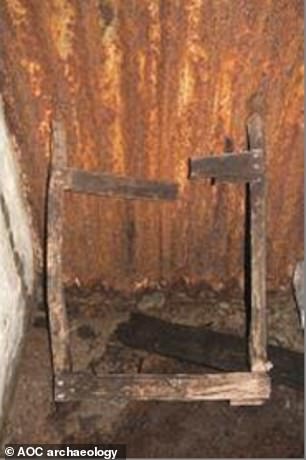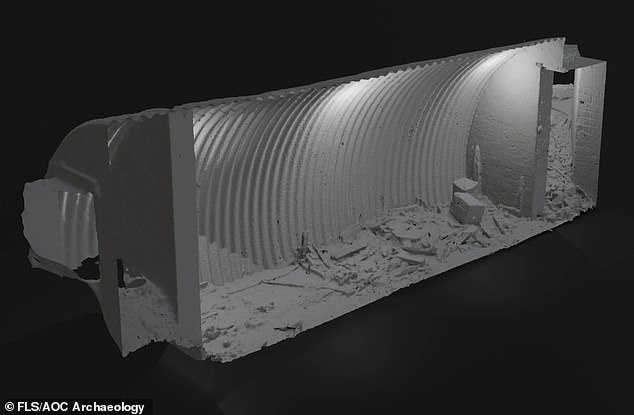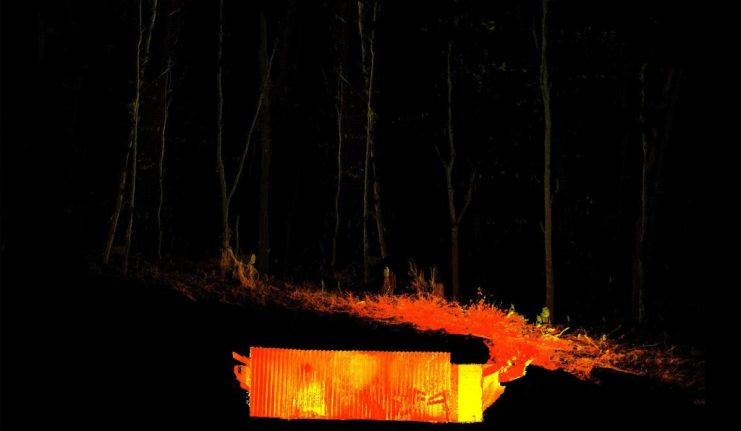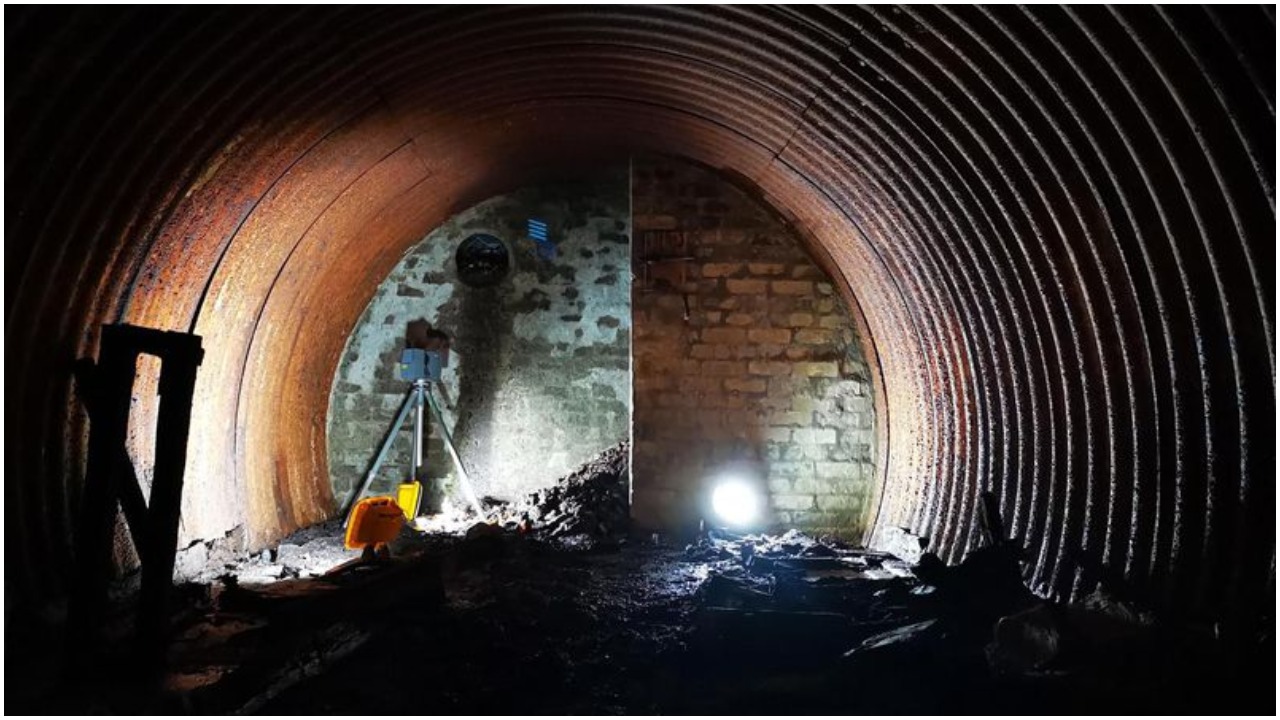Secret Bunker: Forestry workers engaged in the clearance of an area of managed woodland in southern Scotland were surprised to discover an iron door set into the landscape.
The workers noted that the hatch was not marked on the maps provided by their employers Forestry & Land Scotland, and it turned out there was a good reason for this: What they had found belonged to British wartime leader Churchill’s ‘Secret Army’.
AOC Archaeology Group offers a range of services to enable quick and effective responses to archaeological, heritage and conservation requirements and this was one of those times.

It was a World War Two bunker built as an operational base for the auxiliary units trained in guerrilla tactics, sabotage and resistance fighting in the event of invasion and occupation by Hitler’s forces.
The bunker is a rare find as the locations were never marked and kept secret on a need to know basis and many have been lost or unwittingly destroyed.
This bunker had two access points, a main entrance to the east and an escape hatch to the west, which has been filled in over the years.
The bunker’s construction was of traditional build, a concrete floor covered over with corrugated iron sheets and is 23 feet long and ten wide, with a thick blast-wall dividing the space.
It is thought the structure, buried four feet underground with a 12-and-a-half-inch ventilation pipe, was built to house up to seven men. Little remains of the internal furnishings except for some rotting timber bed frames and an empty tin can.

Historians estimate there were up to 3,500 members of the Auxiliary Unit across the British Isles recruited in secret and required to sign up to the government’s Official Secrets Act.
As such they would have been unable, under penalty of law, to admit their involvement or training with the Unit, which is another reason why these bunkers are sometimes discovered in surprising places.
Company archaeologist with Forestry & Land Scotland, Matt Ritchie said, ‘From records, we know that (the men that) used this bunker…were armed with revolvers, submachine guns, a sniper’s rifle and explosives.’
The idea for the Auxiliary Units was born in the desperate days in 1940, following the evacuation of the British Expeditionary Forces and their Allies from the beaches at Dunkirk.
At the time most of Britain’s military equipment, arms and ammunition had been left behind and Churchill found himself presiding over an almost defenceless nation with a victorious German Army in plain sight on the Northern coast of France.
An invasion appeared to be imminent. To counter a further Nazi victory, this time on British soil, the Auxiliaries were drawn from reserved occupations, and those outside the ages at which they would normally be called up.

Farmers, boat-builders, and even poachers were added to the ranks of this ultimate secret defence force.
Their mission was to disappear into their hidden operational bunkers as the German Wehrmacht rolled past their towns and villages, to emerge at night to destroy ammunition and fuel dumps, to hit strategic river crossings and other transport links and assassinate high ranking enemy officers or those known to be collaborating.
The Units were stood down in 1944 as the threat of invasion receded and the tide turned in the European theatre.
The veterans were not offered any recognition after the war and simply carried on with their regular occupations.
It was 2013 before the Coleshill Auxiliary Research Team, an organisation set up to represent veterans trained at the Coleshill facility, won recognition for members of the Unit.
Veterans and their relatives have since been invited to the British Cenotaph Remembrance Sunday March Past in London.
Ammunition Dump, The Cleanup Could Take 10 years, Village to be Evacuated
So next time you are out for a walk in the woods and spot something unusual, perhaps a pipe protruding from a low hill, or a rusted shut iron hatch, it might just be an abandoned shelter for heroes from World War Two, trained and prepared to give up everything to keep their country free.
